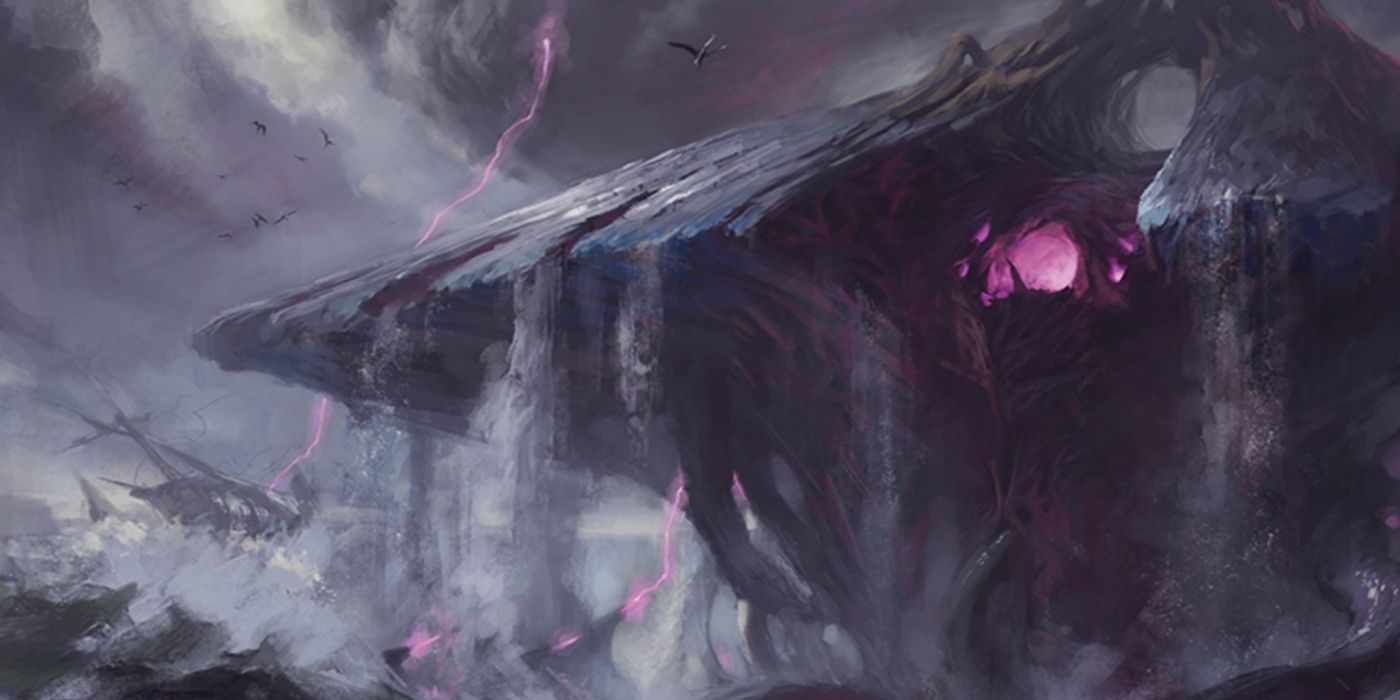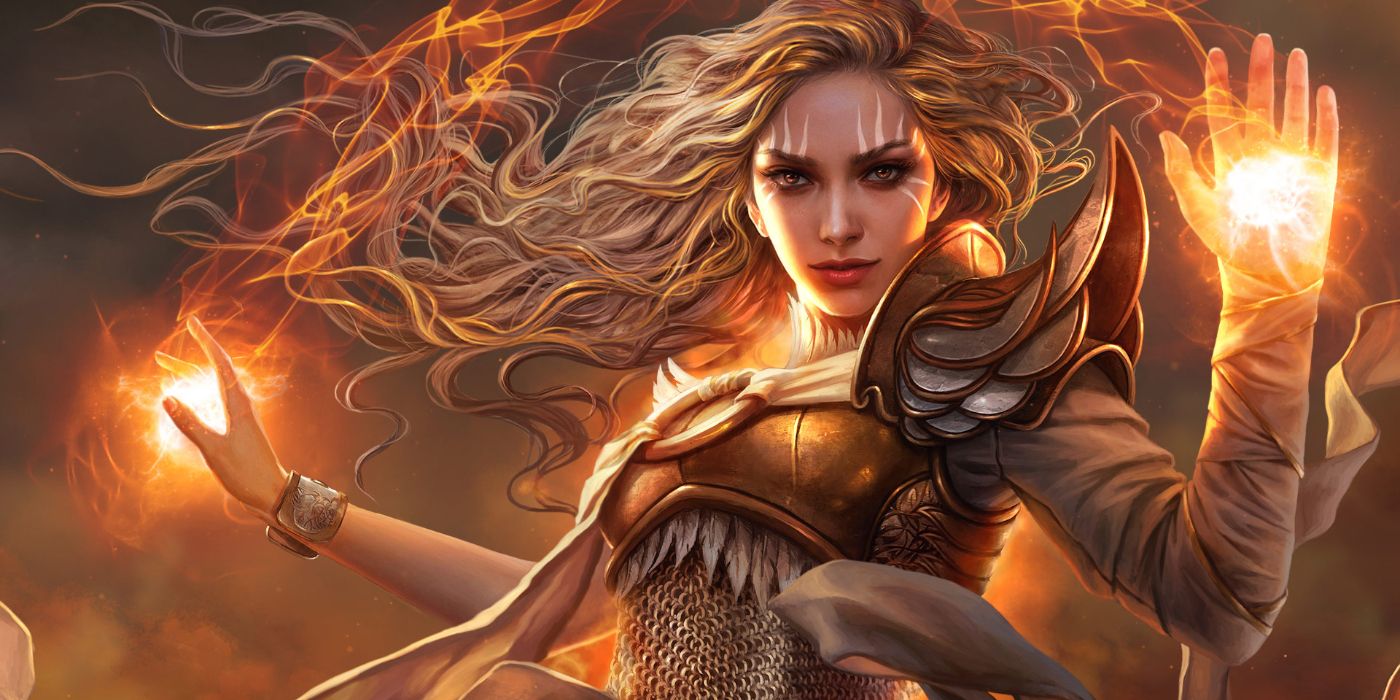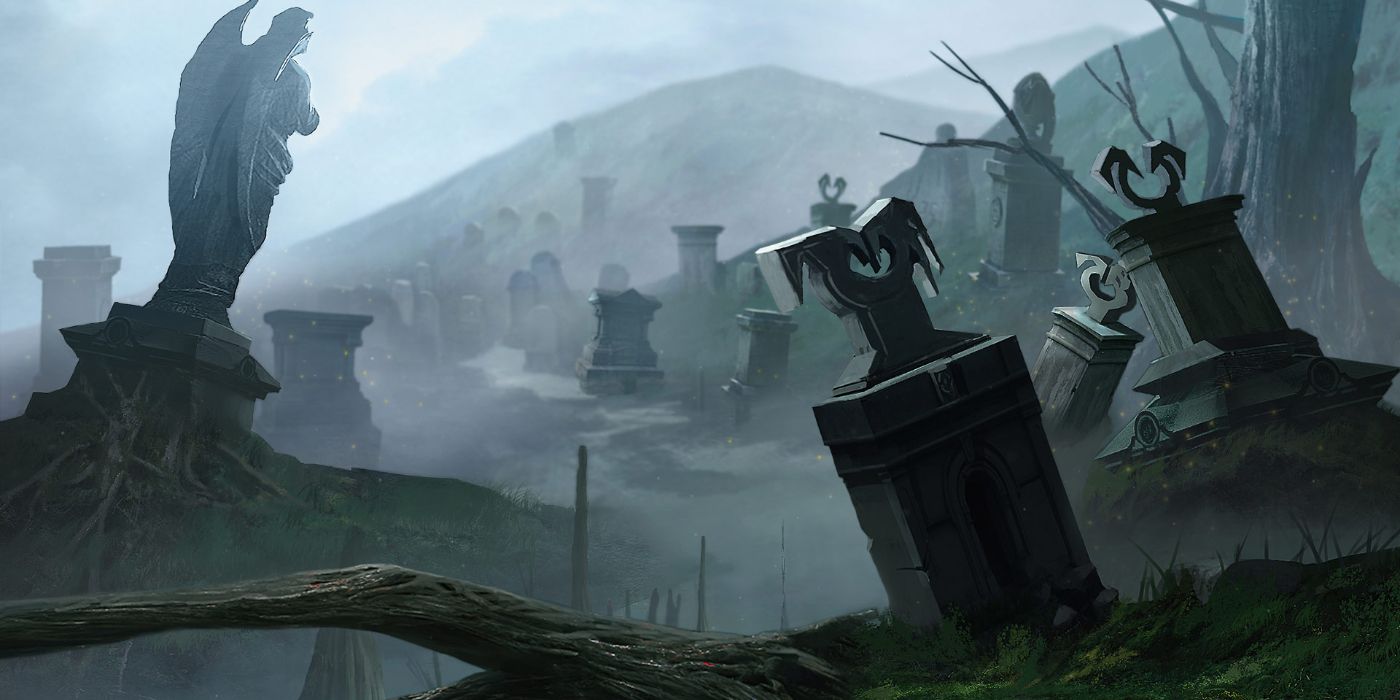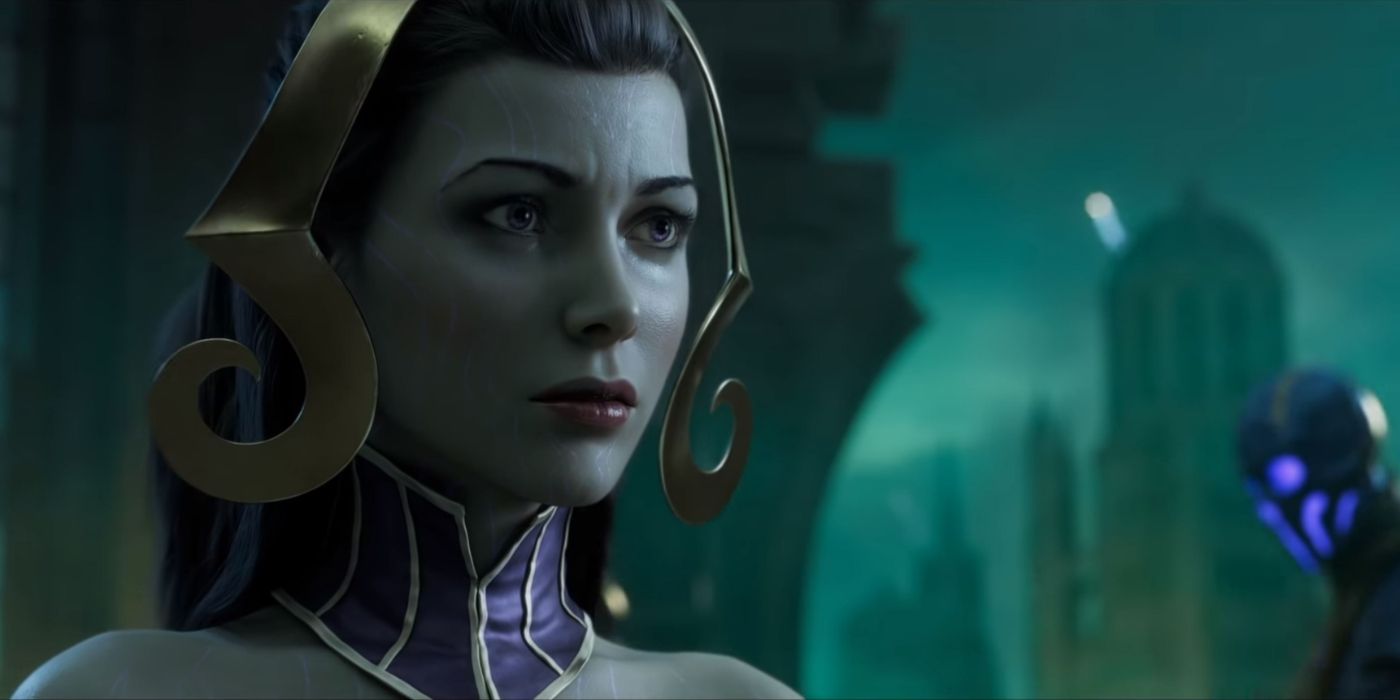Magic: The Gathering is getting its own animated series helmed by Joe and Anthony Russo, the brothers most famous for directing Avengers: Endgame. Magic: The Gathering has been discussed as a multimedia property before, with studios interested in a full-length movie at few different points over the game's history, but nothing has come from it.
The difference between then and now is the massive mainstream appeal that Magic: The Gathering has begun to generate with its jump into esports. The addition of the online Magic Arena platform, which lets players battle it out digitally and qualify for million dollar tournaments along the way, has brought a fresh audience to the most complex game in the world. That, coupled with new sponsorship deals, a heightened brand awareness that has deliberately made sure the game is accessible to as many demographics as possible, and one of the best Standard formats in years has made Magic: The Gathering a hot property—one that's well-suited to a Netflix deal.
Magic: The Gathering's story gives the Russo brothers a lot of leeway in terms of how they'll tackle the animated adaptation, but some routes are clearly better than others. Fans have a tolerance for reset buttons in Magic lore, but some characters are valuable additions who carry weight with the game's community, while still other villains and worlds offer better chances to house the kind of story that will hook both invested players and new audiences alike. Here's a quick rundown of what the new Magic: The Gathering animated series needs to do to succeed.
Magic: The Gathering's Animated Series Needs One Setting To Start
Part of the appeal of Magic: The Gathering is that, with each set release, players can be whisked away to brand new or familiar worlds, known as "planes," with their own unique rules, monsters, and civilizations. That's certainly tempting as a conceit for a show, too, but doing that too early would be a mistake. Introducing people to Magic: The Gathering while maintaining a plot that's satisfying for fans is a tricky task, and one that should be accomplished with just one environment to start, to give characters time to grow and viewers a chance to understand the trappings of Magic's Multiverse.
To that end, it seems like the show might have already decided on this: during an interview with Isaac Krauss, CEO of Octopie, one of the studio's handling animation, it was strongly hinted that a famous setting might be a key factor. Krauss suggested that the Magic: The Gathering animated series will "cross the genres" of thriller, horror, and drama. Of those elements, horror is something that Magic has only really done a handful of times, and one of its greatest setting successes is Innistrad, home to werewolves, vampires, and all kinds of creatures of the night. If the series wants horror, and it wants to stay grounded for a while in a plane that can do some heavy-lifting narratively, Innistrad is by far the best choice. It's also where a monstrosity named Emrakul currently resides, imprisoned, that can bend reality itself and warp people into monsters, a perfect addition to all the genres the animated series wants to intersect with.
Magic: The Gathering's Planeswalkers Are A Valuable Resource
While releasing a set that features 36 planeswalkers and a planeswalker card in every pack might suggest there's no reason to hold back, Magic: The Gathering's animated series would do well to scale back just how many of the universe's all-powerful beings it includes early on. Planeswalkers are the most powerful magic users in the Multiverse, and many of them have years-worth of backstory at this point. Having too many of them on screen at once would be confusing, and leaping between several of them might be equally perplexing for the first season of what is, hopefully, many.
Magic: The Gathering's animated series needs to focus on a few planeswalkers early and build up audience investment in them. There are some obvious candidates, too: Chandra Nalaar, the fire mage used in the promotional material released earlier today, Jace Beleren, a mind mage who has long been the poster child for Magic, and Liliana Vess, a necromancer at the center of Magic's most important storyline in years. Magic has a lot of other options, too, many of whom would be great sleeper choices—Ashiok or Garruk as villains would be brilliant follow-ups on their stories—but the key will be making sure people care about them, which means avoiding over-populating the show with too many of the universe's greatest heroes and threats.
Embrace What Makes Magic: The Gathering Great
Above all else, though, what the Magic: The Gathering animated series needs to do is embrace what makes its source material great. Magic is a compelling blend of influences from all sorts of fantasy genres, and narrowing it down into one—eldritch horror or magical journey—would be a mistake. Borrowing from different genres while telling a convoluted but engrossing narrative is what Magic has been great at for decades, and with the talent behind the animated series that's been reported so far, there's no reason the show can't be the same.
It's an exciting time for Magic: The Gathering fans, and the Russo brothers will have a chance to helm one of the most electric properties in gaming as it begins an earnest attempt at branching out. We can't wait to see how the project shakes out, but if it follows these simple rules, it's likely to be the smash hit Wizards of the Coast obviously wants it to be.




